When Christine Yammarino, BSN, RN, worked the day shift on a general medicine unit at Cleveland Clinic’s main campus, she often greeted her patients in the morning with a question about how they slept. “If they didn’t get a good night’s sleep, it helped me plan for the day and any potential problems related to lack of sleep,” says Yammarino, now a clinical instructor and nursing professional development specialist with Cleveland Clinic.
Cleveland Clinic is a non-profit academic medical center. Advertising on our site helps support our mission. We do not endorse non-Cleveland Clinic products or services. Policy
Yammarino’s concern for her patients led her to submit a Nursing Research Fund Literature Review (NuRF Lit) Grant application to investigate published research on the problem of sleep disruption. Christine searched the literature, only to learn that most research on promoting sleep for hospitalized patients focused on decreasing noise in hallways and around nursing stations. “Noise in hospitals comes from many sources inside and outside patients’ rooms. Patients’ perception of sleep disturbances and how disturbances impacted the quality of their sleep was not well studied,” says Yammarino.
Working with her research mentor, Yammarino used the findings of her literature review to develop a research study. “The aim of this study was to understand what patients identified as disruptions to sleep, the impact of those disruptions on their quality of sleep, and if patients perceived that certain sleep disruptions were related to one another,” she says. Yammarino put together a team of nurse-investigators that included Carmen Tatum, BSN, RN, and Maria Niere, MSN, RN, PCCN, and garnered support from unit manager Jared Leal, BSN, RN.
Yammarino selected a valid and reliable tool, the Richards-Campbell Sleep Questionnaire (RCSQ), to determine patients’ quality of sleep. The tool consists of five 100 millimeter line visual analog scales on which patients mark their responses to statements that relate to the patient’s perception of:
A sum score of the patient’s responses to each scale represents the patient’s overall quality of sleep during the previous night. Higher scores represent better sleep. Participants also responded to a visual analog scale that rated their perceptions of the nighttime noise level from very quiet to very noisy. Finally, patients were asked to select reasons why they did not get good rest from a list of options gleaned from the review of the literature, which included things such as experiencing pain, getting blood drawn and having vital signs assessed.
Yammarino supplemented the RCSQ with a follow-up question about whether specific interventions would have helped to improve sleep. She included approximately 20 interventions identified in the literature for promoting sleep, such as darkening the room, adjusting the room temperature, closing the room door and taking a sleeping pill. Patient characteristics, such as age, medical diagnosis, sex, length of stay, sleeping pill use and room type, were abstracted from medical records.
Yammarino, Tatum and Niere collected data from a convenience sample of 115 participants on their internal medicine unit during the spring of 2016. The majority of participants were men in semi-private rooms. Interestingly, almost all had vital signs assessed by a staff member during the night and very few participants received sleeping pills. Yammarino and her research mentor analyzed the results in order to answer the research questions.
The following are some results:
Yammarino says the research provided new insight into clinical practice. “Decreasing noise outside patient rooms is often the primary strategy for improving quality of sleep,” says Yammarino. “Our research shows that more attention needs to be paid to activity and noise in the room, especially for those patients in semi-private rooms.” She also suggests that nurses review nighttime activities to determine how best to bundle activities to allow for the longest period of uninterrupted sleep.
Yammarino is considering expanding the study to include a larger sample size with both medical and surgical patients. Ideally, a new study would also include a hospital unit that has private rooms, like those at Cleveland Clinic Avon Hospital, in order to compare results for patients in private and semi-private rooms.
Cleveland Clinic’s 13th annual Nursing Research Conference is May 3 – May 4. Register now!
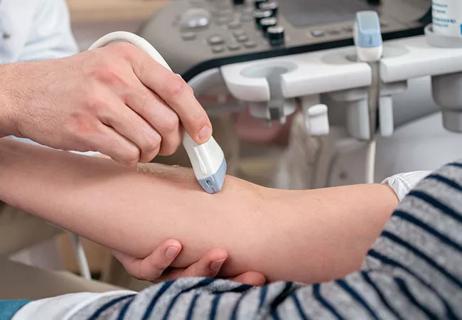
Study shows ultrasound can be valuable tool for improving patient satisfaction by reducing failed IV insertions
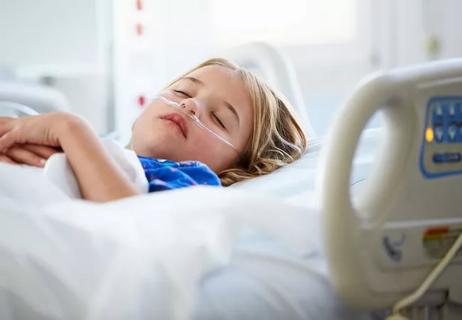
New system uses vital signs to predict need for further intervention
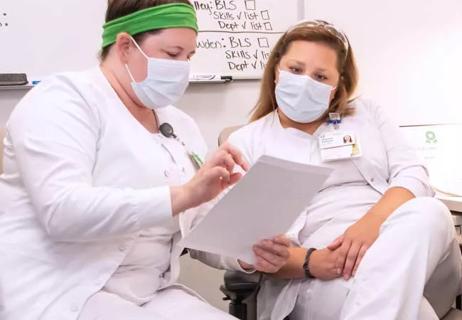
Findings reveal personal and professional factors that influence nurses’ interest in medical research

Nurse scientists bridge divide between bench and bedside

Individual and population factors play a role

Study looks at cardiopulmonary arrest and activation rates
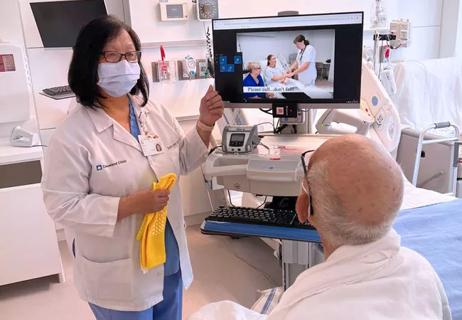
Video education and nurse-led reinforcement help with fall risk awareness
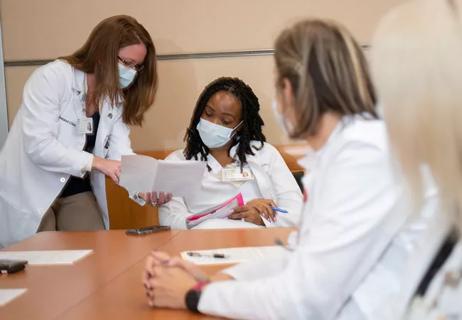
Further research into collaborations may help strengthen nursing science